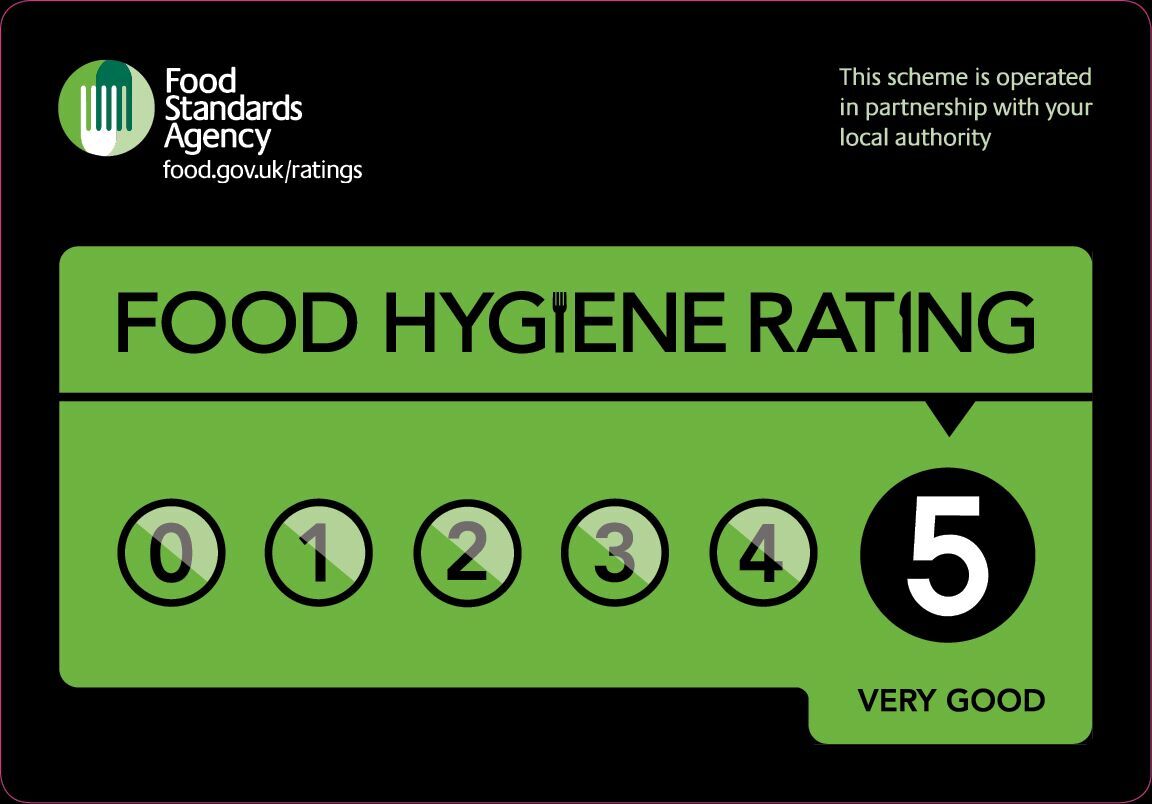How food hygiene ratings work
What the Food Hygiene Rating Scheme is, how to read the rating scale and how the rating is given following an inspection of your business.
The Food Hygiene Rating Scheme (FHRS) helps consumers choose where to eat out or shop for food by giving them clear information about a business’s hygiene standards. We run the scheme in partnership with local authorities.
A food safety officer from the local authority inspects your business. They check that it follows food hygiene law so that the food is safe to eat. The officer then gives you a food hygiene rating and the FHRS sticker shortly after the inspection.
The rating scale
The hygiene standards found at the time of inspection are rated on a scale.
Your business will get a rating from 5 to 0:
- 5 – hygiene standards are very good
- 4 – hygiene standards are good
- 3 – hygiene standards are generally satisfactory
- 2 – some improvement is necessary
- 1 – major improvement is necessary
- 0 – urgent improvement is necessary

Food hygiene inspections
The rating given to you by the local authority food safety officer is a snapshot of the standards of food hygiene found in your business at the time of inspection.
At the inspection, the officer will check the following three elements:
- How hygienically the food is handled – how it is prepared, cooked, re-heated, cooled and stored.
- The physical condition of your business – including cleanliness, layout, lighting, ventilation, pest control and other facilities.
- How you manage ways of keeping food safe, looking at processes, training, and systems to ensure good hygiene is maintained. The officer can then assess the level of confidence in standards being maintained in the future.
Following a food hygiene inspection of your premises, you will be told in writing what your food hygiene rating is and why you were given this rating. This will be either at the time of inspection or within 14 days of it (this includes weekends and public holidays).
The rating shows how well you’re doing overall, based on the standards found at the time of inspection. It is your responsibility to follow food hygiene law at all times. This includes:
- handling of food
- how food is stored
- how food is prepared
- cleanliness of facilities
- how food safety is managed
Exemptions
There are two groups of exempt businesses which are inspected by the local authority food safety officer but which are not given a food hygiene rating:
- businesses that are low risk to public health and which consumers would not generally recognise as being a food business, for example newsagents, chemist shops or visitor centres selling pre-wrapped goods that do not need refrigeration
- childminders and businesses that offer caring services at home
Frequency of inspections
A new rating is given each time your business is inspected by a food safety officer. Each local authority plans a programme of inspections every year. The frequency of inspections depends on the potential risk to public health.
The assessment of this risk takes account of the following factors:
- type of food handled
- the number and type of customers, for example vulnerable groups
- types of processes carried out before the food is sold or served
- hygiene standards seen on the day of the last inspection
Businesses that pose a higher risk are inspected more often than businesses that pose a lower risk. An example of a lower risk business is a small retailer selling a range of prepacked foods that only need to be refrigerated. The time between inspections varies from six months for the highest risk businesses to two years for lower risk businesses. Some very low risk businesses may not be inspected for longer than two years.
Achieving a higher rating
All businesses should be able to achieve the top rating of 5. To get the top rating, you must do well in all three elements described in the Food hygiene inspections section.
If you don’t get the top rating, the local authority food safety officer will explain what you can do to improve your hygiene rating.
Businesses with poor ratings
If you are given a low rating, you must make urgent or major improvements to hygiene standards. The local authority food safety officer has several enforcement options available. They will also give you advice and guidance to make sure these improvements are made.
The food safety officer will also tell you how quickly these improvements must be made. This will depend on the type of issue you need to address.
If the officer finds that a business’s hygiene standards are very poor and when food may be unsafe to eat, they must act to protect consumers. This could result in stopping part of the business or closing it down completely until it is safe to reopen it.
Revision log
Published: 14 February 2018
Last updated: 18 March 2024